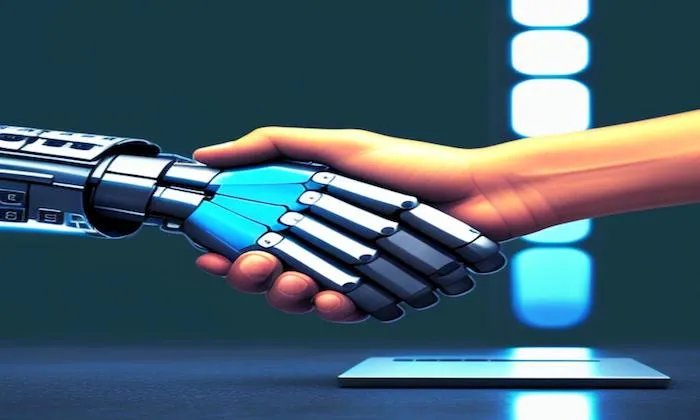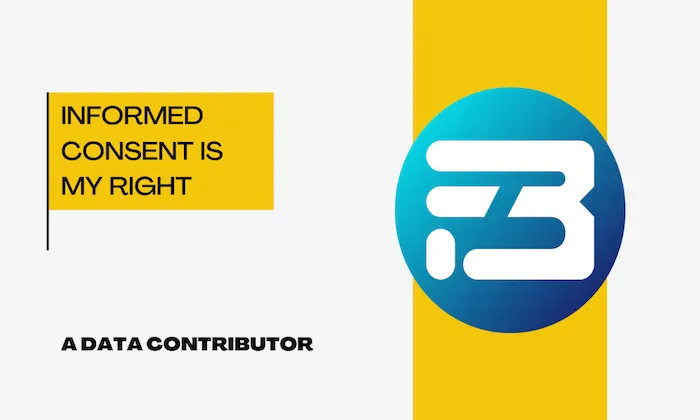What is the future of automated doctor dictation and clinical documentation AI?
AI Technology
Healthcare
Clinical Documentation
The future of automated doctor dictation and clinical documentation AI is set to revolutionize healthcare by leveraging cutting-edge advancements in artificial intelligence, particularly in speech recognition and natural language processing (NLP). As the demand for more efficient and accurate clinical documentation grows, AI technologies are becoming indispensable tools in healthcare settings.
The Essence of Automated Doctor Dictation
Automated doctor dictation involves AI technologies that convert spoken clinical notes into structured text, allowing healthcare professionals to focus more on patient care rather than documentation. This shift not only saves time but also enhances the accuracy of medical records. By processing audio recordings where clinicians dictate their notes, AI systems can transcribe, organize, and even analyze the information to support clinical decision-making.
Benefits of Clinical Documentation AI
Clinical documentation AI is significant because it addresses several critical challenges in healthcare:
- Improved Efficiency: Clinicians can dictate notes quickly, significantly reducing the time spent on documentation tasks.
- Enhanced Accuracy: By minimizing typographical errors and standardizing medical terminology, AI ensures more accurate documentation.
- Data Utilization: Structured data from AI-driven documentation can be analyzed to improve patient care and operational efficiency.
Mechanisms of AI in Dictation
Automated dictation systems utilize a combination of advanced speech recognition algorithms and NLP techniques. Here's a simplified look at how these systems work:
- Audio Input: Clinicians use devices such as smartphones or specialized microphones to record their dictations.
- Speech Recognition: Advanced algorithms convert the spoken words into written text.
- Natural Language Processing: The system analyzes the text for context and meaning, organizing it into standardized formats like SOAP notes (Subjective, Objective, Assessment, Plan).
- Quality Assurance: Multi-layered QA processes, often involving human review by medical professionals, ensure transcription accuracy.
Considerations for Implementing Dictation AI
Implementing AI for clinical documentation involves several important considerations:
- Balancing Accuracy and Speed: Fast dictation can lead to errors, requiring robust QA processes to ensure accuracy.
- Customization Needs: Different medical specialties may require tailored AI solutions to accommodate specific terminologies and workflows.
- Privacy and Compliance: Handling sensitive medical data mandates strict adherence to regulations like HIPAA. AI systems must incorporate de-identification processes to protect patient information effectively.
Future Trends in Clinical Documentation AI
Looking ahead, several trends are poised to shape the future of automated dictation and clinical documentation:
- Multimodal Integration: Combining voice dictation with electronic health record (EHR) data to provide richer context and improve accuracy.
- On-Device Processing: To address data privacy concerns, there may be a shift toward processing dictations directly on devices, reducing the need to transmit sensitive information over the internet.
- AI-Driven Insights: Advanced AI analytics will enable clinicians to derive actionable insights from documentation, enhancing patient outcomes and decision support.
Real-World Impact and Applications
The applications of these advancements are profound. For instance, FutureBeeAI is at the forefront of AI-driven clinical documentation, offering comprehensive solutions for collecting, transcribing, and annotating doctor dictations. Our platform ensures high-quality data that adheres to strict compliance standards, making it easier for healthcare systems to integrate AI into their workflows seamlessly.
In conclusion, the evolution of automated doctor dictation and clinical documentation AI is poised to transform healthcare by significantly streamlining workflows and improving patient care. By strategically adopting these technologies, healthcare providers can navigate the complexities of clinical documentation with greater efficiency and accuracy.
Smart FAQs
Q. What technologies are used in automated doctor dictation?
A. Automated doctor dictation uses automatic speech recognition (ASR) for transcription and natural language processing (NLP) for structuring and analyzing text, turning spoken language into actionable clinical notes.
Q. How can healthcare organizations ensure compliance with regulations when using dictation AI?
A. Organizations should adopt robust data handling practices, including de-identification processes and explicit consent protocols, while adhering to frameworks like HIPAA and GDPR to ensure compliance with privacy regulations.
What Else Do People Ask?
Related AI Articles
Browse Matching Datasets
Acquiring high-quality AI datasets has never been easier!!!
Get in touch with our AI data expert now!


-data-collection/thumbnails/card-thumbnail/top-resources-to-gather-speech-data-for-speech-recognition-model-building.webp)





